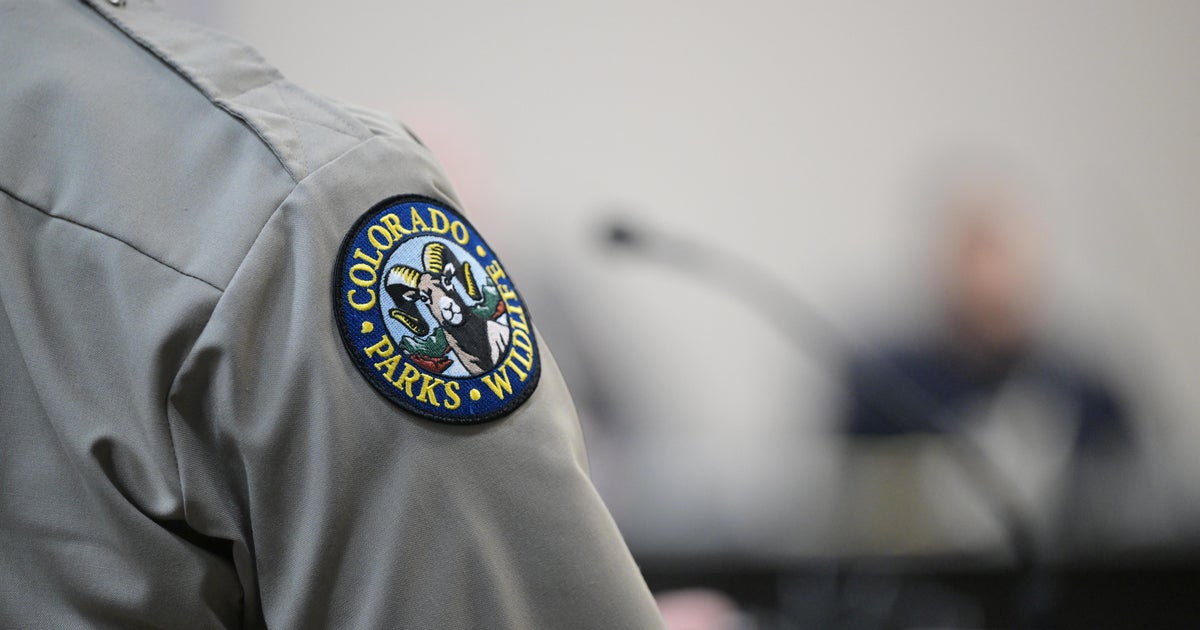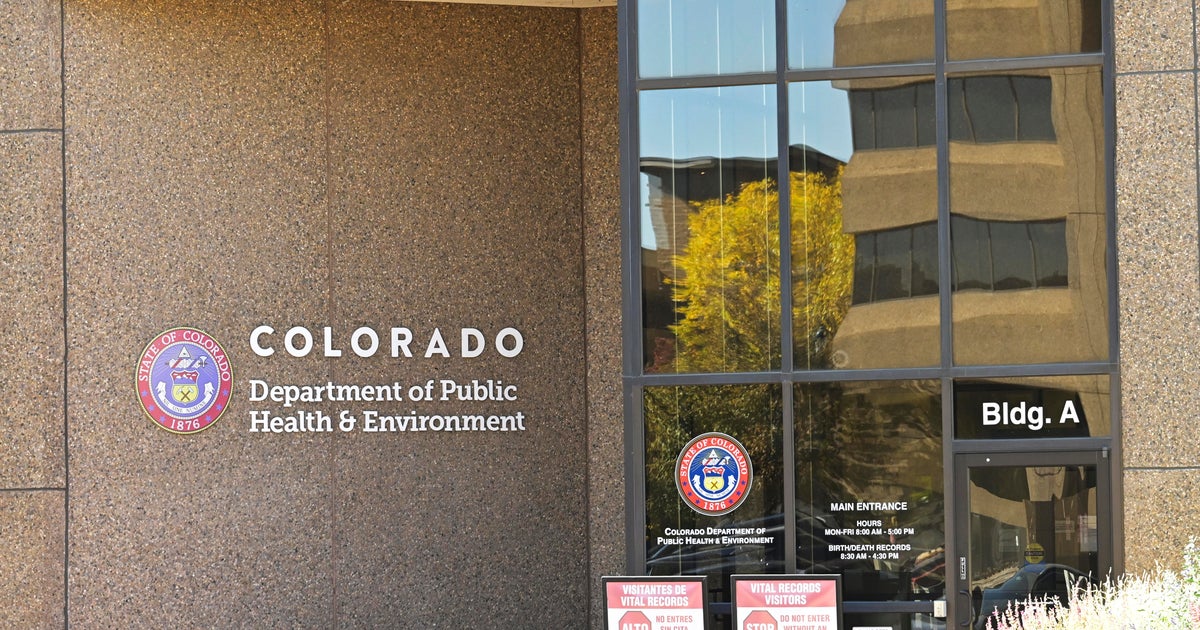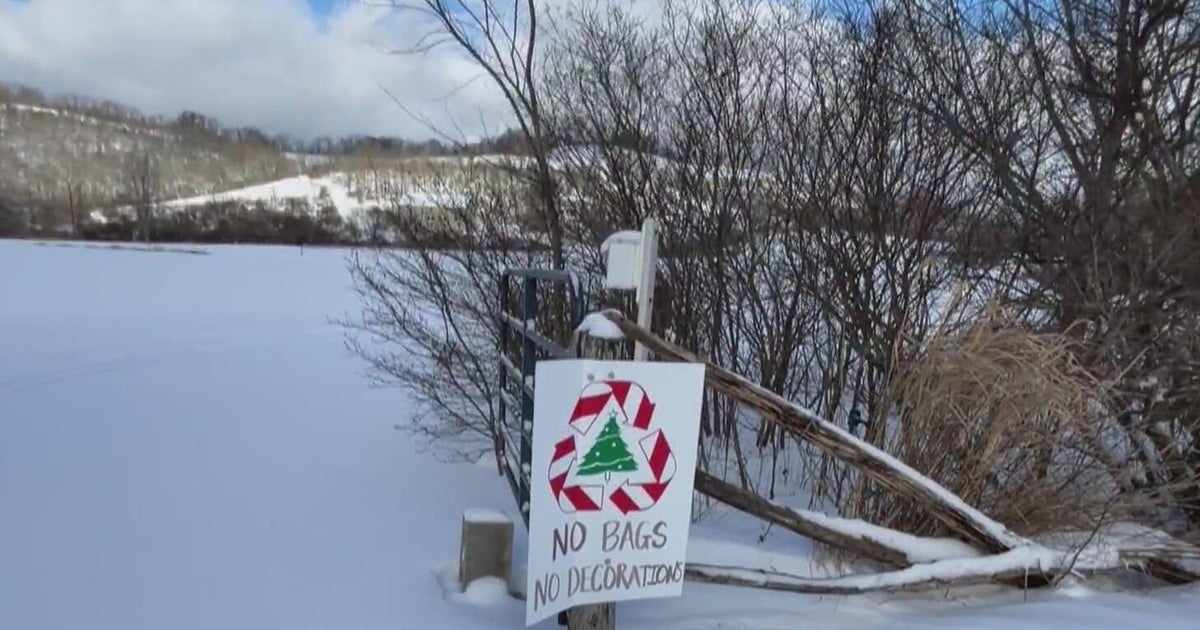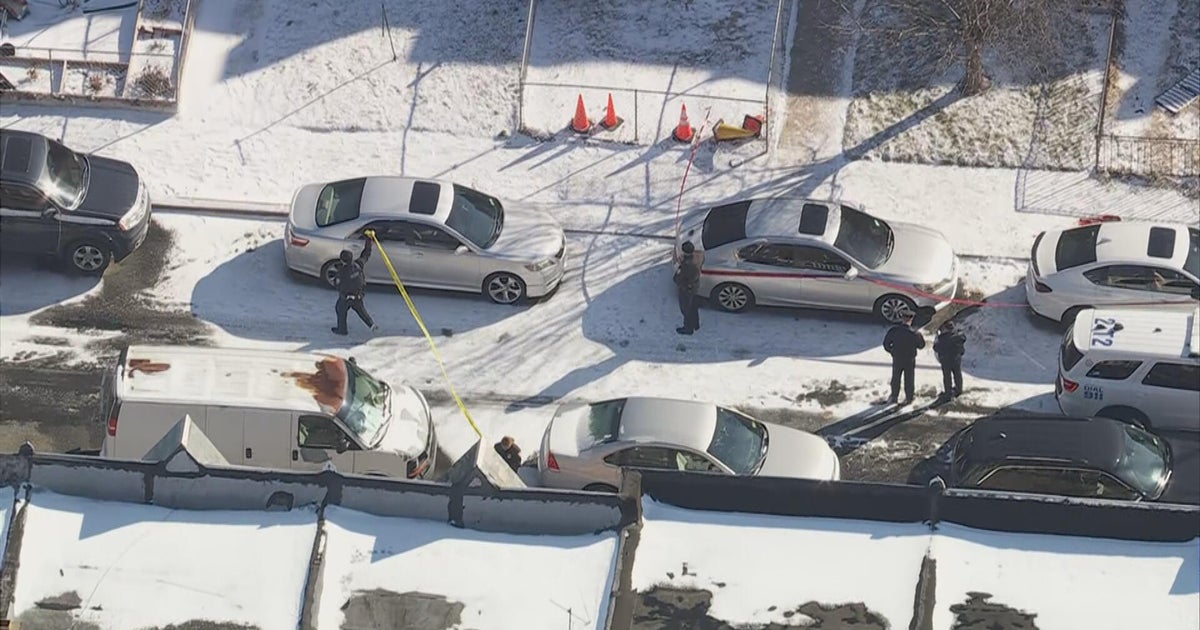A dead wolf and the future of Colorado's wolf packs
The death of a male wolf -- one of the gray wolves released in Colorado last winter -- is another sign of difficulty in re-establishing the animals in Colorado.
The wolf was believed to be a father to the Copper Creek Pack comprising four pups. Six animals were trapped by Colorado Parks and Wildlife officers at the end of August amid concerns over the deaths of livestock in the Middle Park area. Experts believe the male was behind the attacks.
The male died a few days after its capture at a refuge where the mother, father and four pups were taken. It had an injury to one of its right legs and its weight was down about 30%.
"It does not look as though it was a kick injury from an ungulate (hoofed animal) or something like that," said CPW Wolf Conservation Program Manager Eric Odell. "It's probably more like a carnivore-type animal attack. But we don't have any conclusion."
At the same time, CPW said there are some successes in wolf re-introduction.
"We also have nine more wolves that are doing wolf things out there. So I don't want to lose sight of that part," said CPW director Jeff Davis.
At the time of trapping, they had planned to keep the male in captivity. The pups will now remain at the wildlife refuge where they were taken until they have grown enough to be released into the wild.
"That concerns us pretty heavily," said Tim Ritschard, president of the Middle Park Stock Growers Association. "We really believe the pups have been involved in a lot. And we're really going to try to push for them to not release those pups because all we're doing is kicking this can down the road."
CPW does not concur that the pups were involved in the attacks.
Striking a balance between the voter-mandated return of wolves approved in Proposition 114 in 2020 and the concerns of the ranching community has been a difficult task. CPW said Monday that it is preparing to introduce more wolves ahead over the next five years.
"I don't think we're ready. We've been pushing for a while. We need a pause," said Ritschard.
Proponents, however, believe Colorado is on the right path.
"They are consummate professionals. They certainly have a bunch to learn. This has been a hiccup," said Rob Edward, President of the Rocky Mountain Wolf Project that supports re-introduction. "It just shows how hard it is to be a wild wolf. Wolves get killed by their prey. Wolves get killed by guarding dogs. Wolves get killed by humans. It's not easy to be a wolf."
As the program gets started there is likely to be a learning curve for both CPW and ranchers, he believes. There is a compensation program and a program for range riders who can watch for wolves. But Ritschard believes there isn't enough for range riders or in compensation, noting that a lost cow can generate money over 10 to 16 years in the future.
The compensation guidelines indicate livestock owners have ninety days to submit a claim for damages after CPW receives notice of loss but may delay filing up until the last day of the year in which the loss occurred.
In addition, he says there is little time to deal with the issues of protecting ranchers from loss.
"We're doing today with three people. What seven people did 30 years ago or 40 years ago."
But to meet the mandate, CPW must move forward.
"My fear would be that we continue to see reductions in the numbers that we currently have out there and put the entire implementation of the law in jeopardy moving forward," said Davis.
The ten wolves released into the wild in Colorado have not congregated much, other than the Copper Creek group. Wolves pair up to mate in the late winter and the pups are usually born in April. Right now many of the existing wolves remain separated.
"But as we get packs established, that's a lot easier to manage than individuals roaming around on the landscape," said Davis.
That means enough wolves to create packs, which typically can vary in number from a dozen up to several dozen.
CPW planners are looking at two phases of wolf populations for re-introduction.
Phase One suggests a "minimum count of fifty wolves anywhere in Colorado for four successive years. The conclusion of Phase Two will require a minimum count of 150 wolves anywhere in Colorado for two successive years or a minimum count of 200 wolves anywhere in Colorado with no temporal requirement," said CPW spokesman Travis Duncan in reply to an emailed question on the topic.
We need to get a critical mass of what we would call translocated wolves on the ground over the course of two to three, maybe even four cycles of up to four years worth of moving some wolves from other places in the western part of North America to Colorado in order to have a critical mass," said Edward.
"Then we need to do the right things by them in terms of helping the ranchers throughout the Western Slope prepare for wolves being in their midst and changing some of the livestock customary practices that will help to prevent wolves and livestock coming into conflict with each other."








